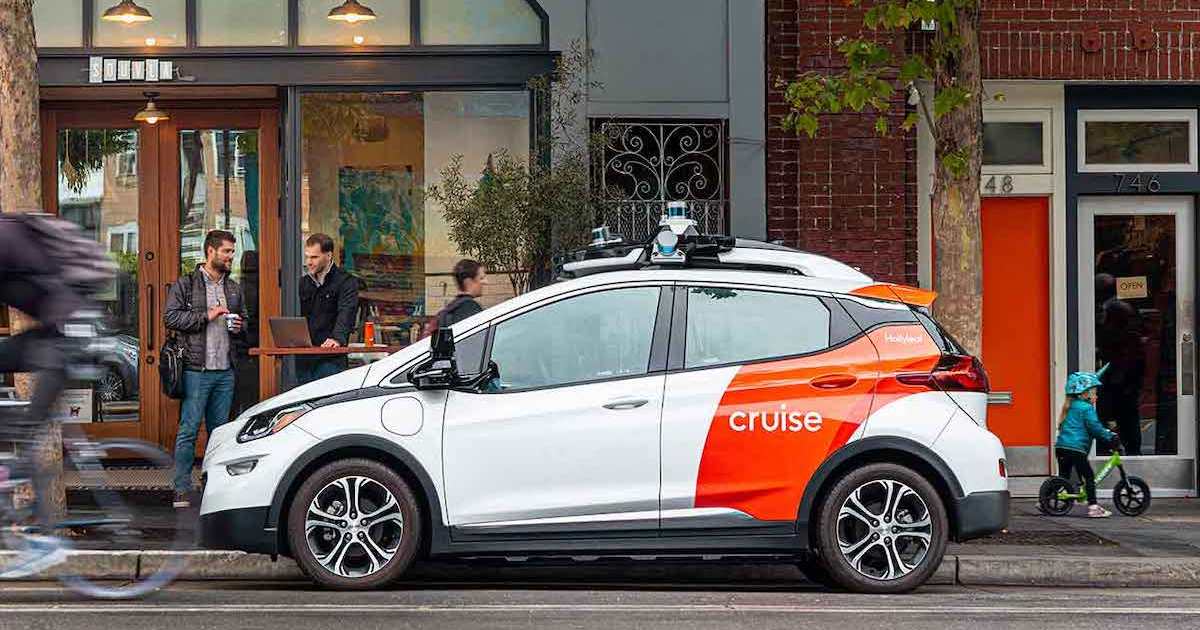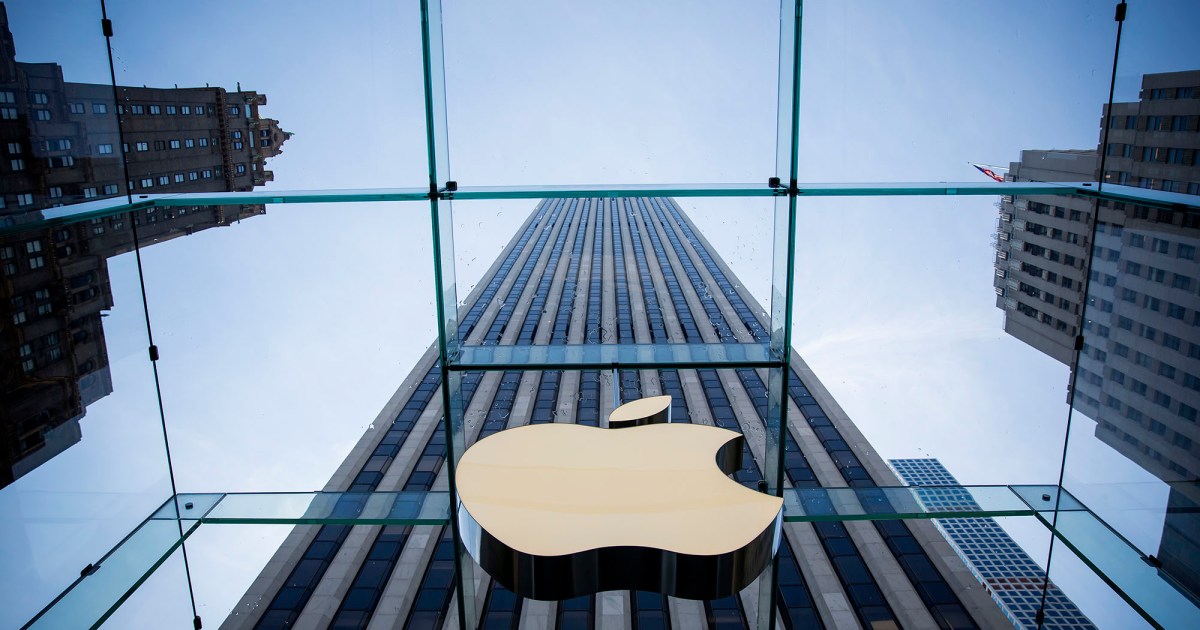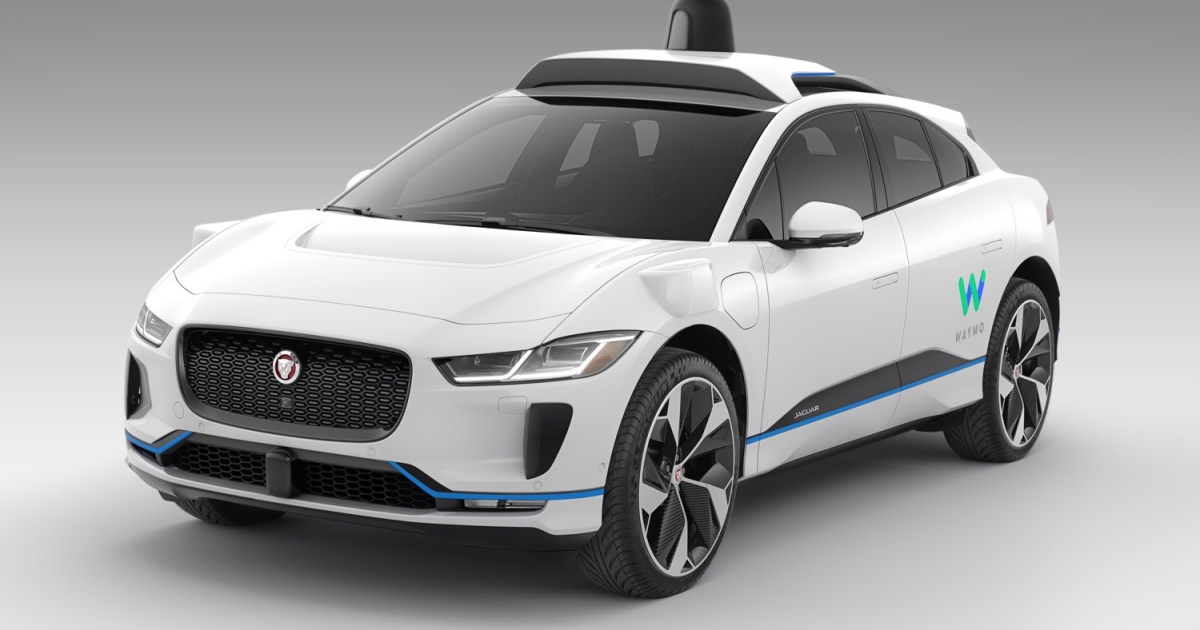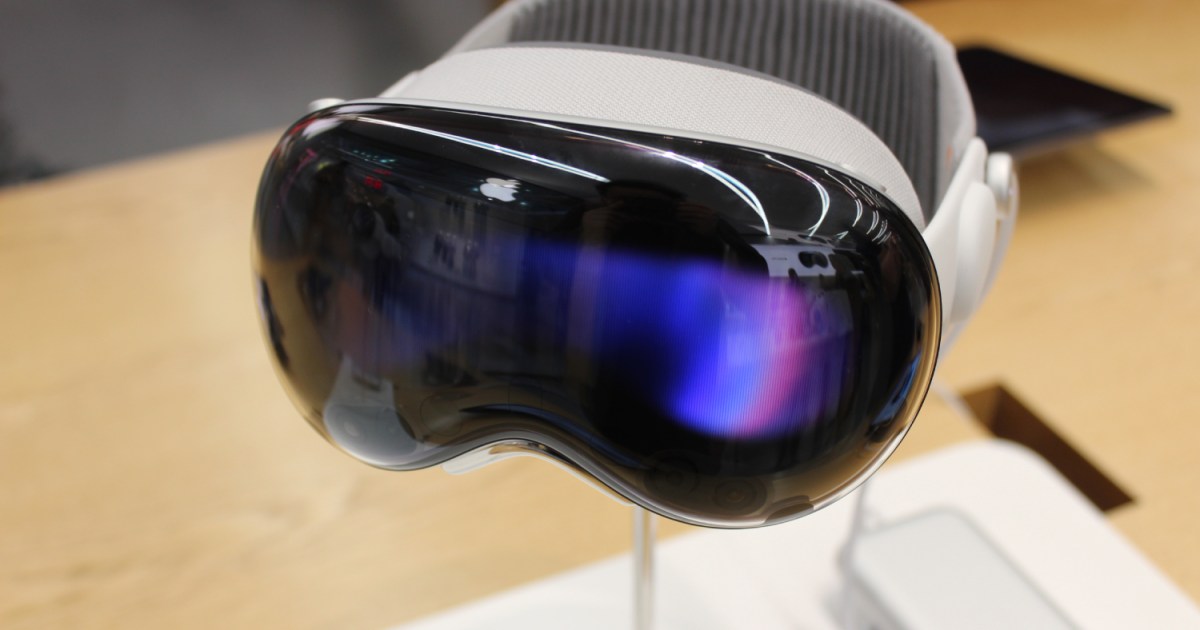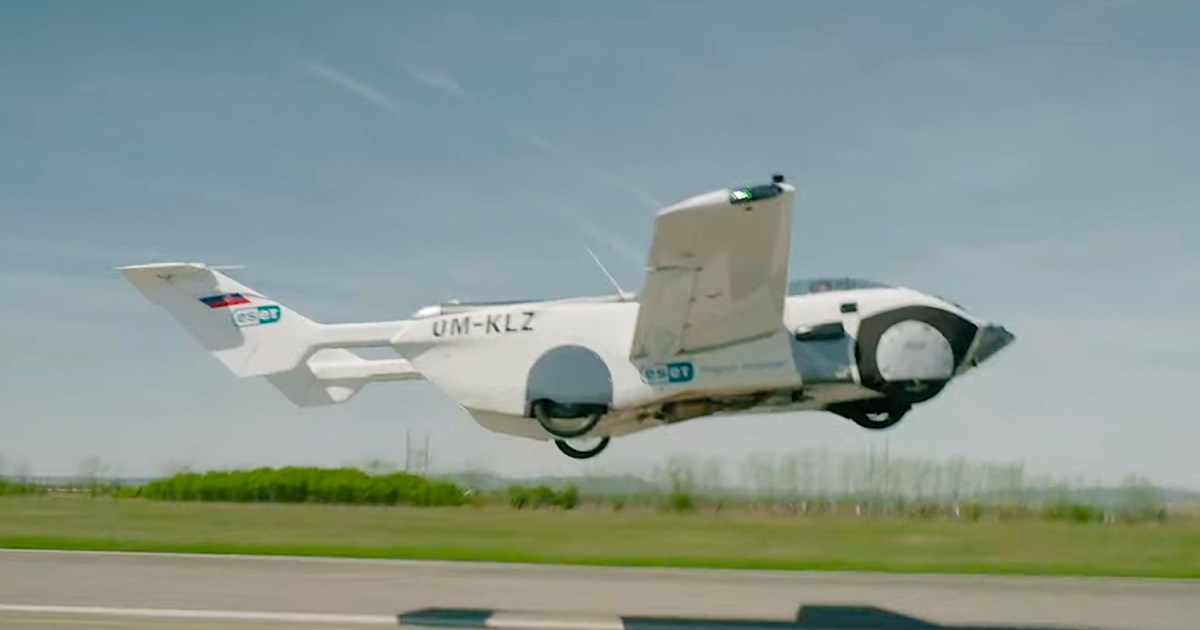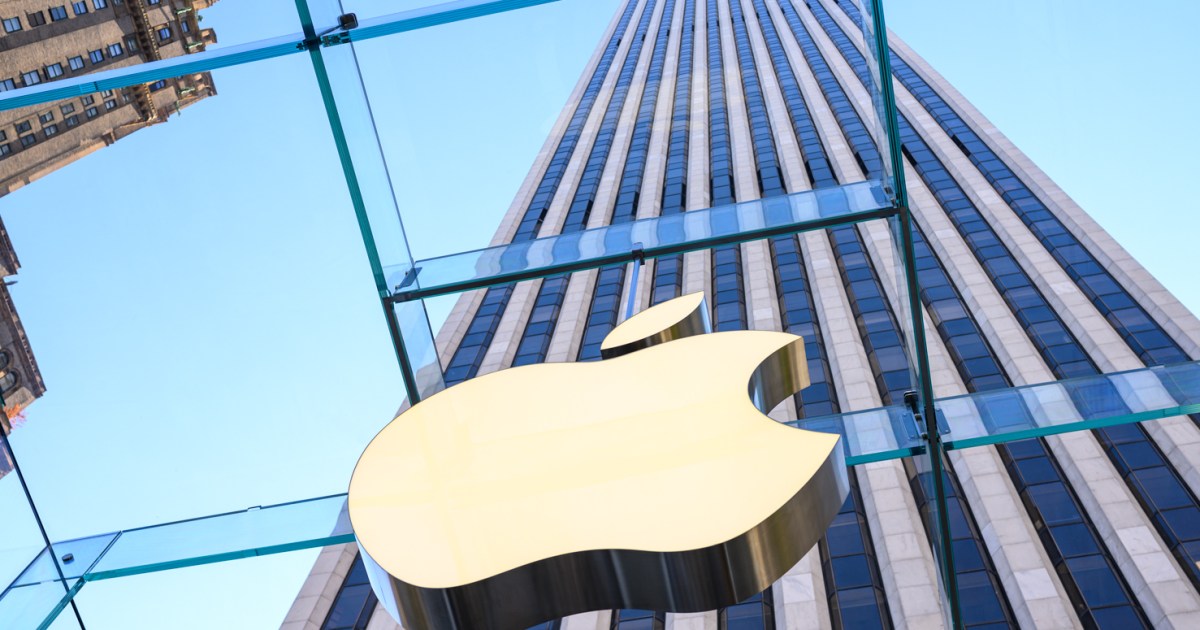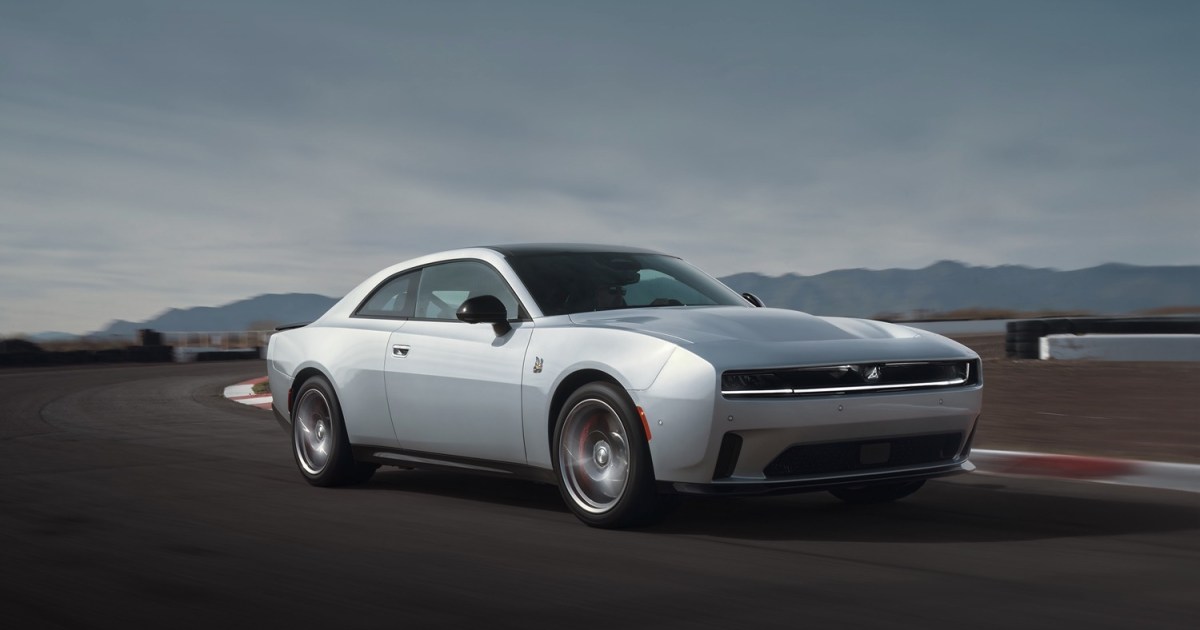Cruise, the autonomous vehicle company backed by General Motors (GM), is cautiously restarting tests of its robotaxis in Houston, Texas. This comes after a series of incidents last year, including one involving a pedestrian injury in San Francisco, led to the suspension of Cruise’s operating permit in California and a nationwide halt to its testing program.
GM Invests Further in Cruise’s Robotaxi Project
Coinciding with the resumption of testing, GM announced an additional $850 million investment in Cruise, reaffirming its commitment to the robotaxi project. This substantial investment demonstrates GM’s continued faith in Cruise’s long-term potential despite the recent setbacks.
A Slow and Steady Return to Public Roads
Cruise’s return to public roads is marked by a cautious approach. Initially, only three vehicles will be deployed in Houston, and although equipped with autonomous driving systems, the technology will not be activated immediately. According to Axios, this initial phase aims to acclimate Houston drivers to the presence of Cruise vehicles on the roads. Subsequently, Cruise plans to transition to “supervised autonomous driving,” where the self-driving system is active but a human driver is present to intervene if necessary.
Previous Operations and Nationwide Suspension
Cruise began operating its self-driving cars in Houston last fall but halted operations shortly after due to the nationwide suspension of testing. The company’s decision to resume testing in Houston signifies a significant step in its recovery and renewed commitment to the city’s autonomous vehicle landscape.
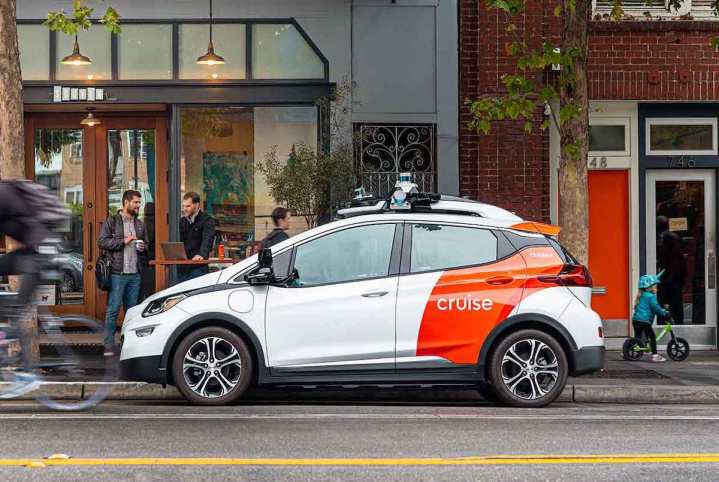 A Cruise autonomous car.
A Cruise autonomous car.
Funding and Long-Term Vision
Founded in 2013, Cruise has raised over $15 billion in funding, with GM contributing more than half since acquiring the company in 2016. Despite the challenges faced in late 2023, Cruise, with GM’s continued support, affirmed its commitment to the autonomous vehicle sector, adopting a “slow and steady” approach to development and testing.
Cruise’s Cautious Relaunch in Houston and Other Cities
Cruise has also reintroduced small fleets to Phoenix and Dallas as part of its cautious return. The company’s measured approach reflects a renewed focus on safety and a commitment to regaining public trust following the previous incidents. The relaunch in Houston marks an important milestone in Cruise’s journey toward deploying a safe and reliable robotaxi service.
Conclusion
Cruise’s return to testing in Houston, supported by GM’s significant investment, signals a renewed commitment to autonomous vehicle development. The company’s cautious approach, prioritizing safety and public acceptance, will be crucial for its long-term success in the evolving landscape of self-driving technology. The gradual reintroduction of its vehicles, starting with non-autonomous operation, underscores a deliberate effort to build trust and ensure the safe integration of robotaxis into the city’s transportation infrastructure.



